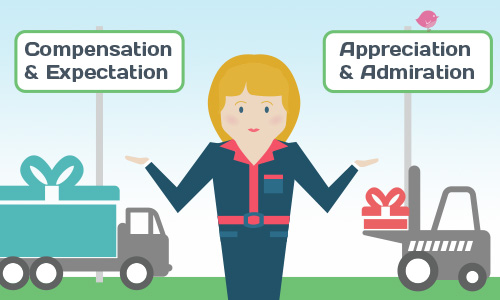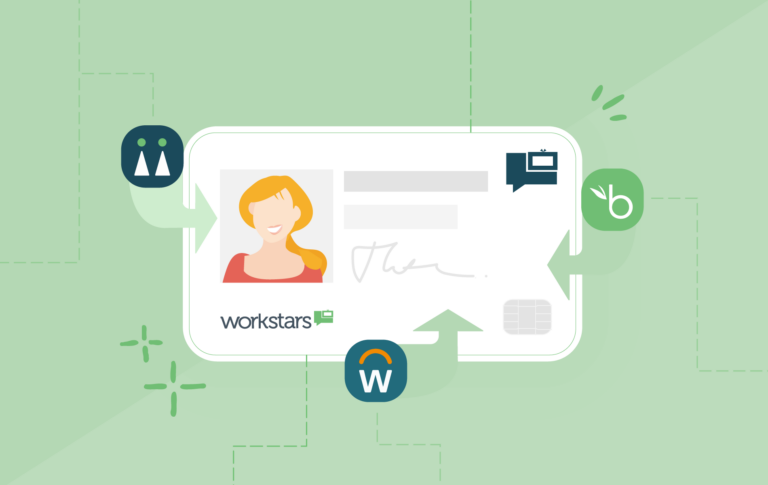Employee Recognition Programs : Why Spending 2% Of Salary Is Bad Advice.
One of the most pleasurable aspects of defining any software, is the conversion of your logic, strategic thinking and “common sense”, into a living feature that clients want, and if you are very lucky, love. You know your industry inside out, you know you are swimming against the tide, you have considered all the config variables you need, in fact you have analysed the socks off your latest feature to the point of destruction.
It’s now time to share your latest idea with conviction, and be introduced to the business equivalent of a “comedy roast”. ( This might just be a Workstars thing ).
What does this off-piste introduction have to do with your HR team, and employee recognition strategy? Hopefully everything.
There is not a HR Director on the globe who thinks they will gain greater impact and insight from their current employee recognition program by increasing centralised or local, reward budgets. In fact, I would go as far to say that those that have slowly allowed a culture of high reward to exist, are now gently filling their hole and re -balancing the emphasis and expectation. This starts by understanding the act of recognition better, and it’s role within engagement, encouraging leadership, cross department and customer recognition and most likely focusing on the all often missing, manager effectiveness.
If you work in HR and are looking at getting your employee recognition strategy started, be warned, you need to get reward right.
I always feel compelled to clear up reward within the context of the employee recognition industry. Vouchers, perks, e-codes, widgets, gadgets, activities, time? The broader non-cash reward industry is estimated to be as high as $46 billion, it’s fragmented and it’s huge.
Since the start of Workstars social employee recognition journey, we have built our own logic, strategic thinking and business around a simple saying; “You don’t need to give me a million dollars, to make me feel a million dollars”, (A strange motto for a British company, however, it just does not work as well in pounds). No matter how harsh mine or others roasting’s have been, we have stayed consistently focussed on providing HR professionals with a SaaS solution that is free of any reward imposition, constraint, or volume commitment.
This is a key business model shift for the employee recognition industry and means we can actually look at what works , swim a little harder into the tide and confidently say, HR need really small reward budgets.
Until social recognition arrived, it had been impossible to tap into the undeniable pleasure and emotional uplift experienced from giving recognition, or the learning and behaviour influence from seeing, sharing and celebrating values, and excellence. When we talk about HR having an employee recognition strategy, employee expression by observing and advancing the strengths of others, is right at the top. Giving and sharing recognition is highly motivational in it’s own right, however for it to thrive and be 100% trust based, reward has to be seen separately, secondary or occasionally, not as the process itself.
Now add into the mix the arrival of e-code and social gifting technology, where you can easily deliver a small, instant, and high impact €20 or £10 code to your phone, free of delivery but still full of meaning. Put the two together and you have to ask at what point does your strategy, and in turn your culture, cross the line from appreciation and admiration, to compensation and expectation, I would argue very quickly.
So, the next time you read an article stating you should be spending at least 2% of salary on employee recognition, maybe they are talking about the transaction of service awards which are more about expectation, or loosely termed sales recognition (compensation). My suggestion would be start with 0.3% or 0.4% of salary, maybe increase a little as you go, expect managers to be great, don’t let reward ruin things and focus on appreciation and admiration.


 How Machias Savings Bank improved employee satisfaction and increased commitment to company values
How Machias Savings Bank improved employee satisfaction and increased commitment to company values
 Great managers vs natural leaders: What’s the difference (and does it matter?)
Great managers vs natural leaders: What’s the difference (and does it matter?)
 Workstars now integrates seamlessly with the HRIS you use every day
Workstars now integrates seamlessly with the HRIS you use every day